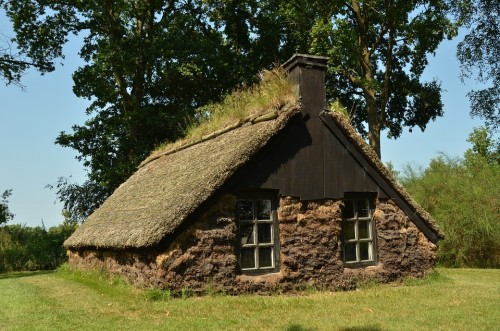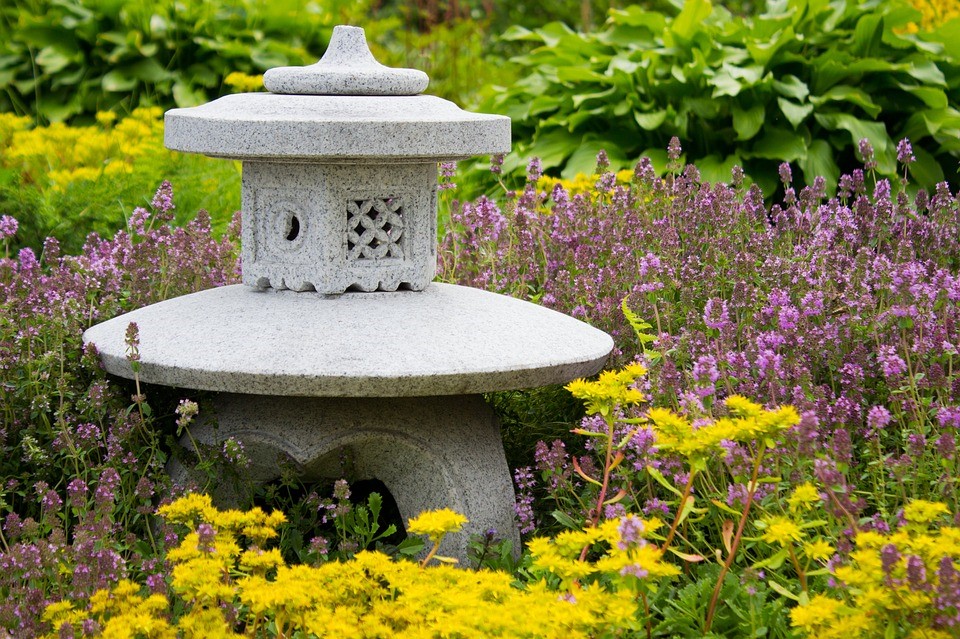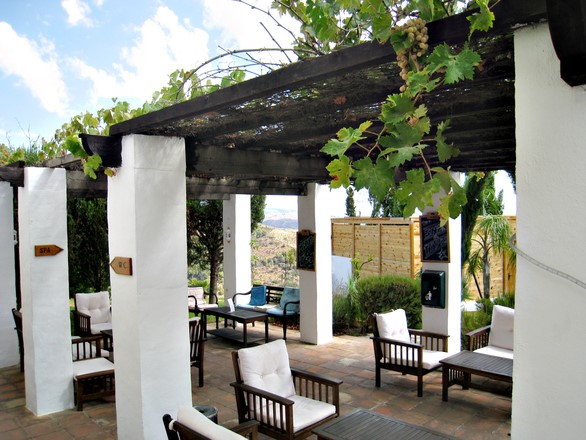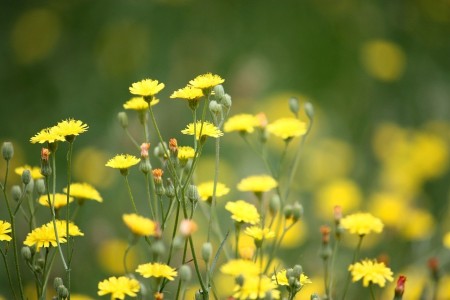Fence Line Landscaping: Beautiful Looks for Your Property’s Borders
Friday, December 16th, 2016Wondering what to do with the area around your fence to make it less boring and more eye-catching? Here are some fence line landscaping ideas for homeowners.
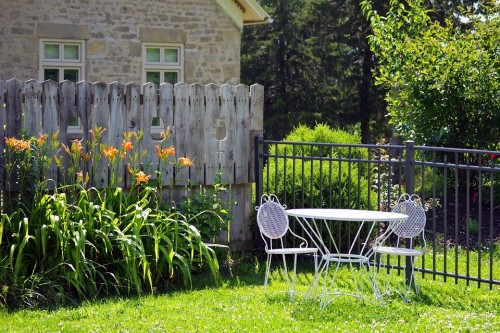
A Clean and Simple Perimeter
Sharp lines often signify clean designs, and when it comes to your yard, this rule still holds true. Sometimes the simplest of layouts can bring the most peace and serenity to a property. If your goal is to create an inviting space that speaks to the simplicity of life, stay centered by keeping the center of your property plain and well-maintained.
Along the fence line, create a space of one to a few feet between your property’s perimeter and the lawn. Define this space using pavers, bricks, or other landscaping accessories. Fill the void in your newly-defined space with mulch, and small shrubs. Plan ahead before you plant them so you can be sure to evenly distribute them along your fence line.
The sharp lines and small shrubs will be easy to maintain and won’t be overwhelming when you walk into your yard.
Bolstering Your Border with Bricks and Flowers
Looking for a way to incorporate a little more color into your life? Why not expand this Side Yard Makeover idea, and take it to the next level by covering more square footage than that which simply rests alongside your house?
Start by choosing plants that grow well in Arizona, such as desert agave or blackfoot daisy perennials. Plant them a few inches from your fence along your entire fence line, taking care space them evenly from beginning to end. Cover the area with weed control fabric to help keep pesky gardening maintenance at bay. You’ll probably want to cut some holes in the fabric to allow the plants to grow. Cover the fabric with a good amount of mulch.
Dig a path around the outer edge of the of the flowerbed, and lay stone edgers from end to end, taking care to tuck the weed control fabric under each brick as you move along. Once the edgers are laid, you may find that you have even more room to add color. If you want to fill in the gaps with additional plant-inspired creativity, take a step back, and think about what you want your final project to look like. You could sporadically place a few prickly pear cactuses to add bright flair to your southwestern yard, or sprinkle in some salvia plants for a fuller experience.
Yin Yang Yard Serenity
Take your landscape design to flowy new levels with two-different colors of stones. Create a yin yang garden by choosing two different shades of stones that complement and offset each other at the same time. Create fluidity by separating the two colors with a ridge of rocks that define each color’s specific space. As an added bonus, you can add a few Arizona-friendly plants into your rock gardens, and you still won’t need to worry about using an excessive amount of water. Rock gardens take care of themselves and require virtually no additional maintenance once they’re in place.
For more stunning landscaping ideas, be sure to check out our Evergreen Turf Sod Blog!

